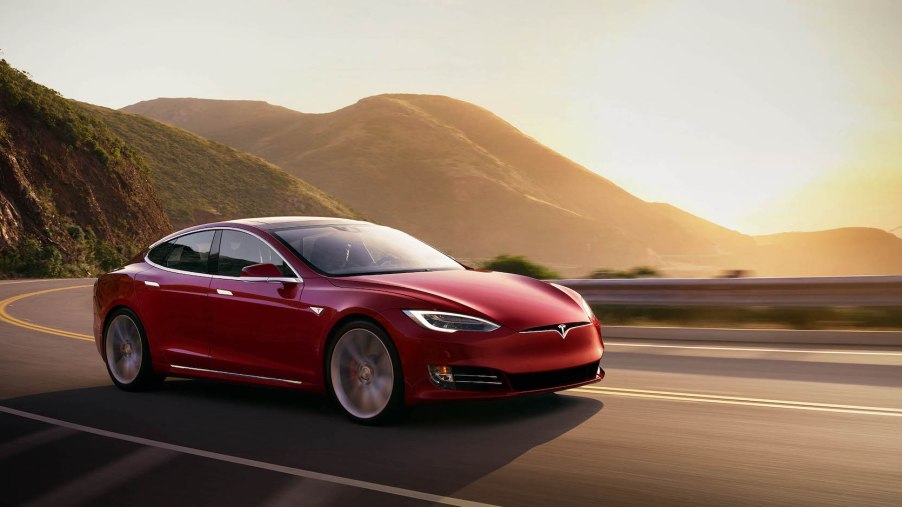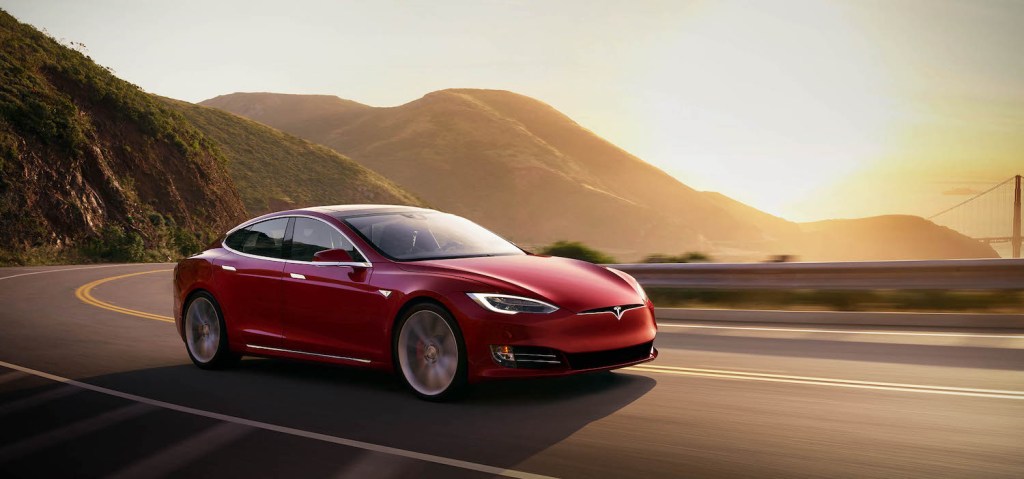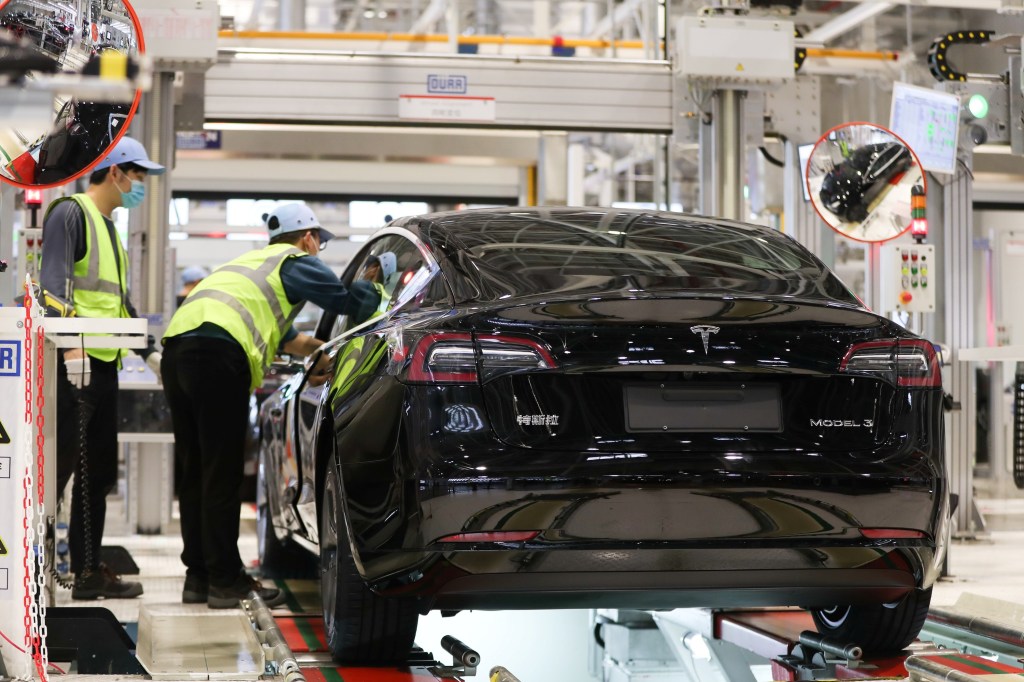
Don’t Lease a Tesla. Buy It!
Tesla makes some pretty awesome vehicles. After all, what other automaker has a whole lineup of all-electric vehicles that can go from 0 to 60 mph in five seconds or less while getting the same commuting range as your average compact car? No one, right. You can’t go wrong with any Tesla you choose. However, if you must choose one, remember not to lease it, and buy it instead.
Tesla’s leasing math doesn’t add up
If you have ever thought about buying a luxury car, then you have probably considered leasing over buying. We don’t blame you considering most luxury automakers have good lease deals and it makes more sense to have lower payments over a shorter amount of time considering that luxury is going to depreciate quickly. Curiously, that’s not the case when it comes to Tesla, particularly the Model 3.

For example, if you leased an Audi A6, then you can expect it to lose about 55.8% of its original value after three years. In contrast, the Tesla Model 3 (with an MSRP of $46,355) only loses 22.5% of its original value over the course of three years. In that case, you would expect that the monthly lease payment for a Model 3 would be pretty low, considering the lease amount would equal $10,444, and if you divide that into 36 months, then you would have a lease payment of $290 per month with no down payment.
However, if you play around with a Tesla’s lease calculator and plug in the Model 3 Standard Range (plus RWD) with an MSRP of $37,990, 12,000 annual miles, $0 down payment, and for 36 months, you get a lease payment of $526 per month. Why is there a huge difference in these theoretical payments?

Tesla’s money factor means more than its residual values
Ari Janessian – a YouTuber and the head of Boston Automotive Consulting – posed this same question and came to one conclusion: Tesla’s money factor is too high. According to Lease Hacker, the money factor – or interest rate – that Tesla factors into its leases is equivalent to a 5.79% APR (0.0024125), which is extremely high for a lease structure.
In contrast, Audi has a special lease money factor of 0.00100, which is equivalent to a 2.4% interest rate, which is about half of what Tesla is offering. So, now we can see why the lease payment on the Model 3, and likely all other Tesla models is so high.
It’s far better to buy a Tesla than to lease one
Case in point: Buy a Tesla, don’t lease it. According to Tesla’s finance calculator, Tesla’s sample finance APR is equivalent to 2.49% (we’re assuming for tier 1 credit), which is far better than the interest rate for leasing. Also, at the end of the finance term, you’ll get to keep the car, which will still retain around 59% of its original value after five years of ownership, which means that you even make a good chunk of your money back should you choose to sell it later on.



